Knowledge Center
Reports
In With the New – Compensation of Newly Hired Chief Executive Officers
February 7, 2015
In the corporate world, there is no role more closely scrutinized than that of the Chief Executive Officer, who embodies
the direction of the company itself. Thus, appointing a new CEO indelibly begins a brand new chapter in the company’s narrative.
Those concerned with executive compensation are equally intrigued by such events and the myriad of factors associated with
them. Most pressing is the question of the origin of the new CEO: groomed from within or hired externally?
Equilar intends the following analysis to answer this question and others by analyzing the S&P 1500 for the calendar year 2013.
Further analysis of the trends in compensation across the three sub-indices—the S&P 500, S&P MidCap 400, and S&P SmallCap 600—is
provided, highlighting those in equity awards along the way.
Key Findings
-
External CEOs received significantly more pay than their internal counterparts in the S&P 500 – Median
total pay for internal promotions was $7.76 million, while the median external hire could expect a salary of $10.99
million, a gap of 41.6%. Once one-time awards—such as new-hire and promotional grants—were excluded, the median internal
annual compensation of $5.96 million, while the external hire received 52.4% more at $9.08 million.
-
Hiring from outside the company was comparatively rare – Perhaps because external CEOs came affixed with
a higher price tag, hiring from outside the company was uncommon. Of the 151 new CEOs, 113 came from within the company,
while 38 came from outside the organization, making up just over a quarter of the population.
-
Compensation in the two smaller indices was more homogenous – Though newcomers were still rare within
the S&P 400 and 600—making up 13 and 13 of 41 and 26 positions, respectively—their pay was more comparable. Annual pay
for the median S&P 400 internal CEO was $3.91 million, higher than the $2.68 million for the external CEO. Annual pay for
S&P 600 CEOs was approximately $1.91 million across the board.
-
In the S&P 500 and 400, the external hire was correlated closely with TSR – Companies with homegrown CEOs
in these indices boasted median three-year total shareholder returns of 10.74% and 13.94%, respectively, while companies
that hired externally had relatively modest returns of 4.44% and 4.21%. This trend did not hold in the smaller companies
of the S&P 600, whose internal and external hire decisions matched with median returns of 10.64% and 11.33%.
Scope
This report covered new CEOs—hired internally and externally—in the S&P 1500 index from January 1, 2013 to December 31, 2013.
A total of 151 transitions occurred in the following sectors and indices:



Internal vs. External
The majority of new CEOs came from within the company: 113 of 151, or 74.83%, from eight sectors. Eight sectors were also
represented in the markedly smaller external hire pool of 38 CEOs.


As mentioned in the key findings, companies with lower total shareholder return tended to hire from outside the company,
except in the case of the S&P 600, whose external hires had a higher three-year TSR than their internal counterparts.

Compensation Trends
As disclosed in most summary compensation tables, total compensation is comprised of several categories: base salary,
bonus, non-equity incentive plan compensation, stock awards, option awards, change in pension value and nonqualified
deferred compensation earnings, and all other compensation. For the purposes of this report, the stock and option awards
are valued at grant date fair value, as reported by each company.
Total compensation can be further subdivided into special awards and annual compensation. Special awards are defined as
one-time grants, given as incentives for a new hire, under “make-whole” provisions, for retention, or to recognize a
promotion. The median in the S&P 500 and S&P 600 received more in both annual and total compensation calculations, while
this trend was reversed in the S&P 400. The following chart displays both figures, divided into the three indices.


To align their interests with those of shareholders, CEOs receive a high percentage of their compensation in the form of
equity. This percentage varies from a notable 19.3% for median external hires in the S&P 600 to a significant 59.6% for
internal hires in the S&P 500. The median S&P 1500 new CEO could reasonably expect 36.2% of his or her pay to be in the
form of equity.
There were three predominant equity categories: time-vested stock, time-vested options, and
performance-vested stock. Performance-vested options, while present, were much
rarer; they appeared in only six instances. For the purposes of this report, stock and options included stock units and stock
appreciation rights (SARs), respectively. Time-vested stocks and options were subject only to the employment of the executive,
while performance-vested stocks had the potential to realize variable payouts contingent on metrics set by the company.
As the concept of pay for performance becomes increasingly prevalent for proxy advisory firms and shareholders alike,
performance-vested equity follows the same trend. For median S&P 500 external and internal new-hire CEOs, 47.7% and 55.2%
of their compensation was in equity grants, respectively.

Please contact Amit Batish at abatish@equilar.com for more information. Amit Batish is the
Content Manager at Equilar. The contributing author of this paper is Xiao Bi, Research Analyst.
 Solutions
Solutions
















